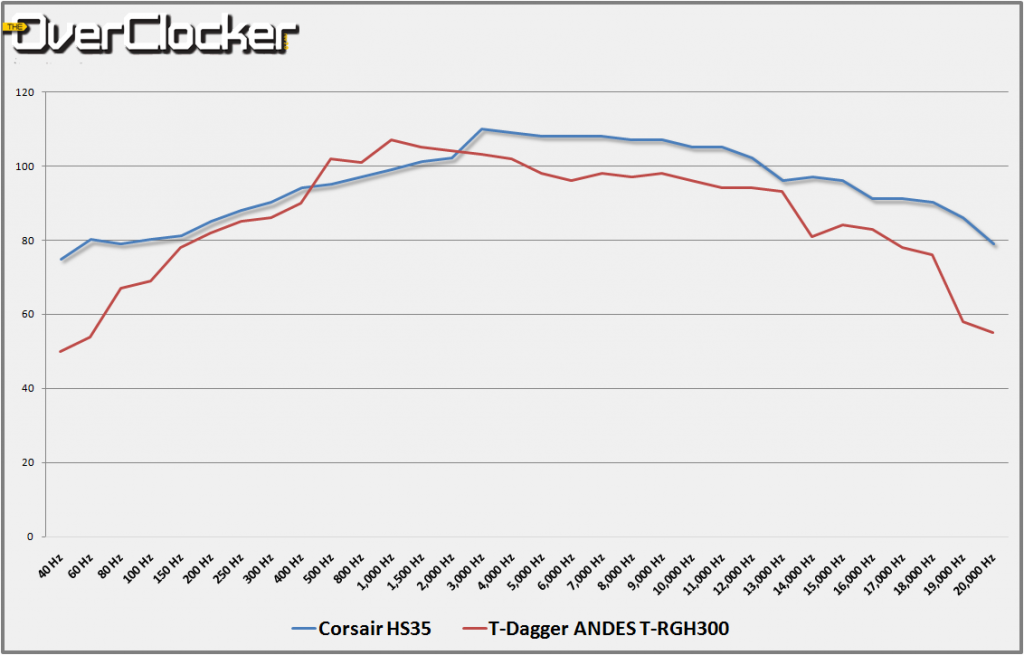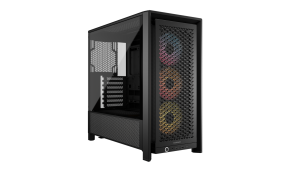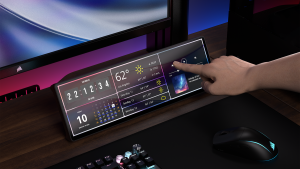Corsair HS35 Stereo Headset Review
Audio Testing
By playing sine waves of various frequencies and measuring the results with a spectrum analyzer we can get a better feeling for what the headset is doing that makes the treble so overpowering. Measurements were taken from the centre of the left driver approximately where your ear canal would sit, and at 50% volume to remove distortion from the mix.

That paints a revealing picture. In an ideal world, a headset should have a fairly flat frequency response unless tuned for a certain type of music. We can see a very sharp spike around the 3,000 to 6,000 Hz range. The higher end of the spectrum being a bit low isn’t too much of an issue as most games, music and movies won’t have much in that frequency range, but around the 4,000 Hz range is quite prevalent in music. Overall, however, a lot of treble can be very tiring to listen to, so even though you won’t get a flat frequency response no matter how hard you try you’ll certainly want to adjust your equalizer to account for this as much as possible.

Something else not made clear by the chart is some strange frequency spikes. Between 40 Hz and 150 Hz there is a frequency spike in the 3,500 Hz range, which is also very audible. Furthermore, at 11,000 Hz and above there is a spike in the 100 Hz range, which is audible as rattling.
As our test rig doesn’t have a combined input and output jack, we were unable to test the microphone properly. However, connected to a phone it provided fairly crisp recordings. It wasn’t overly sensitive, leaving out most softer background noises. Due to the limited testing, we will neither add or subtract points for microphone performance.








